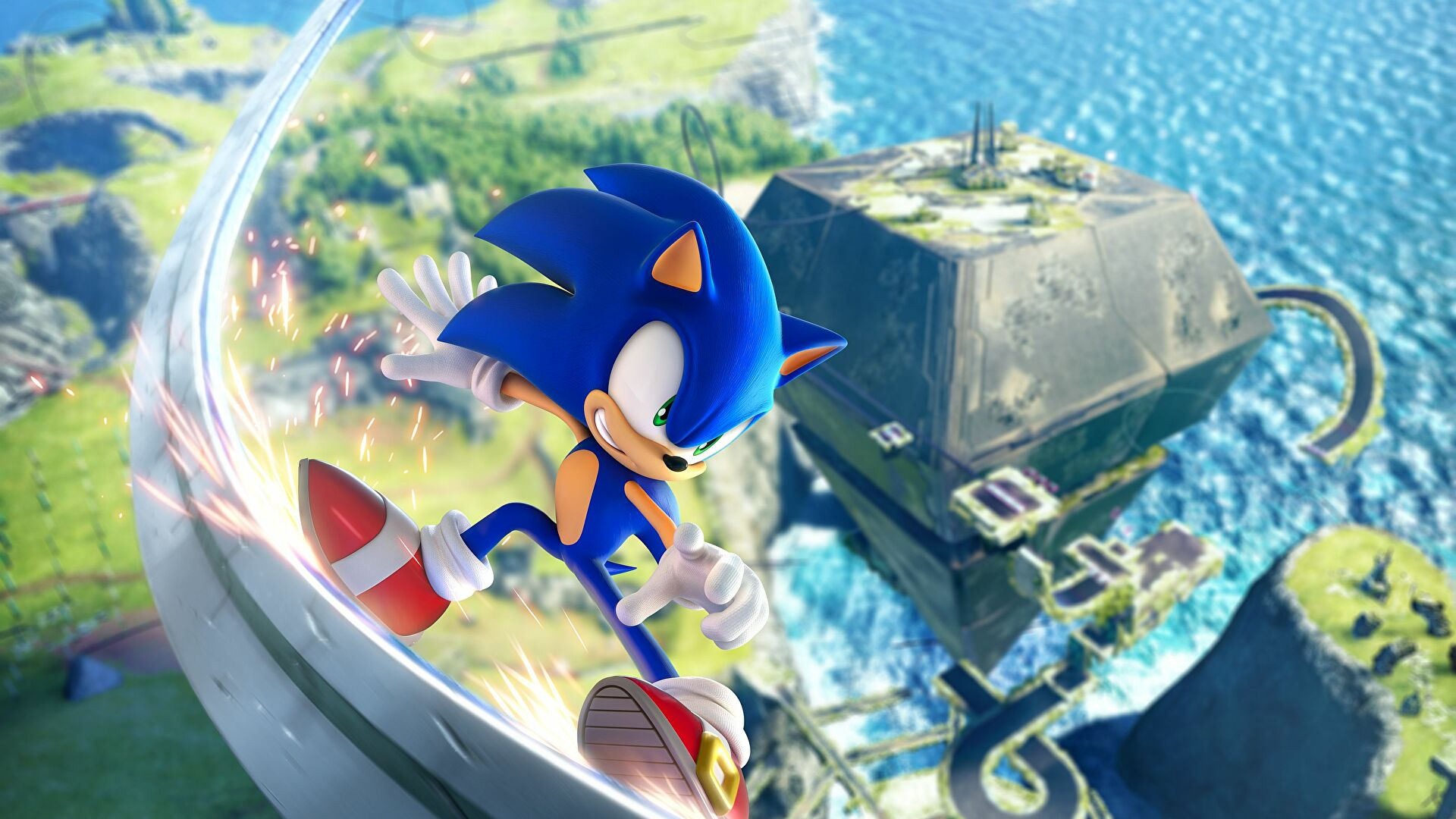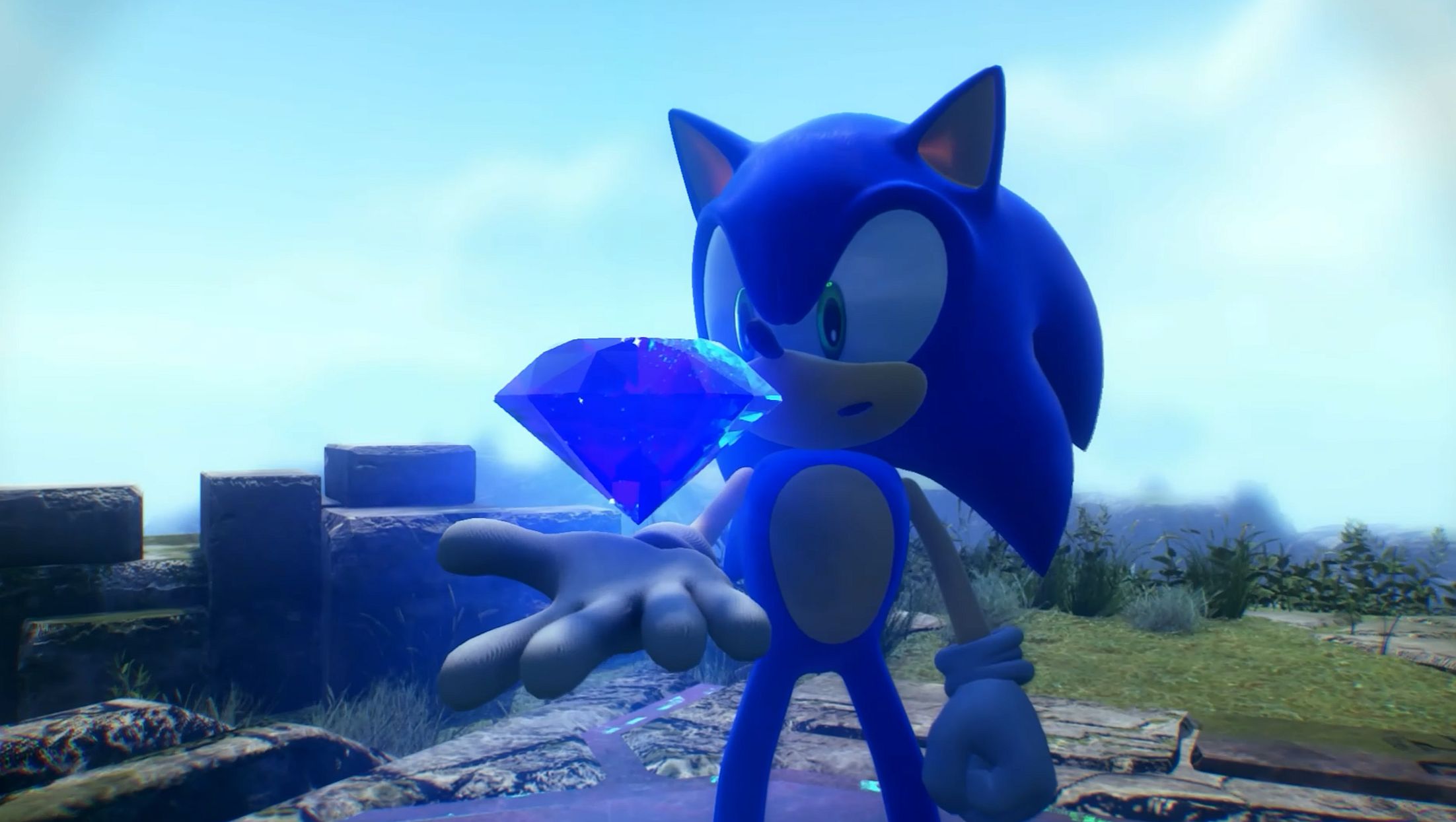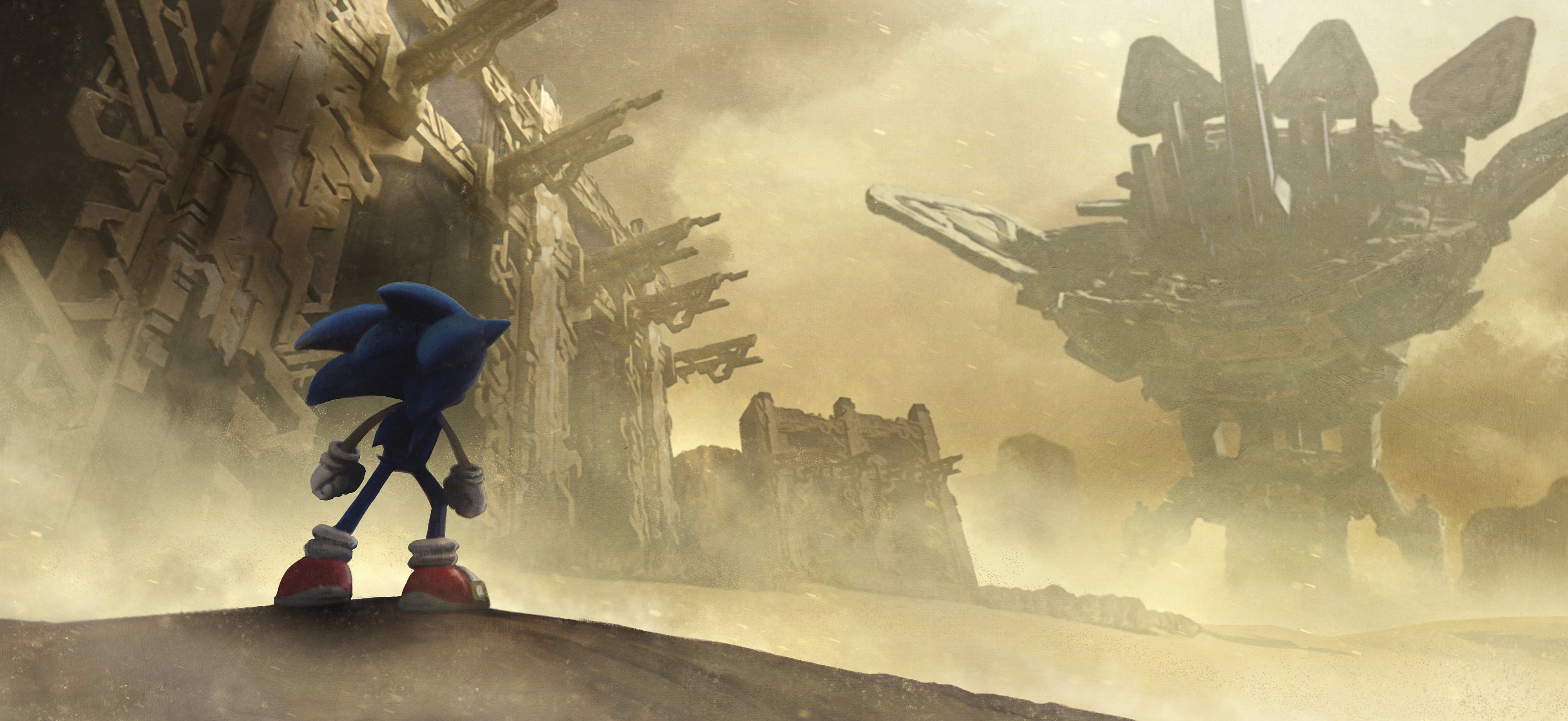Sonic Frontiers is janky as hell, has pop-in galore, is Dreamcast-era dodgy – and I can’t stop playing it
[ad_1]
Am I a glutton for punishment? I can’t stop thinking or playing sonic frontiers right now, even though it has some heavyweight rivals vying for my attention (including a couple of high-profile reviews). I quite like those other games I’m working on, a lot, actually. But, man… There’s something about Sonic Frontiers. Something that works, although the game is a bit rubbish.
Playing Frontiers in recent days on both the Steam Deck and on a high-spec PC with an Nvidia RTX 4090, I absolutely understand why Sega took the classic protectionist PR move of telling VG247 that it didn’t have any initial revision code for the game. game even though we knew that colleagues had been enjoying access to the game for a good week. It’s natural PR stuff: look at the point of sale, look at who might be reviewing, and if you anticipate you might get a kick out of it, maybe quietly don’t ship the game to them. Or at least delay shipping. In the end, Sega passed us a Nintendo Switch code a few hours before the embargo was lifted. That seems fine to me.
Tom had his own list of issues with the Switch version, largely having to do with how that version of the game was optimized (or actually not optimized), but the truth is that Sonic Frontiers is riddled with a million bugs. problems even on a high-spec PC. But you know what? Is it…something like it doesn’t really matter? The game itself is… fun? Okay? Attractive? Addictive? Add your own cliché gaming buzzword of choice here.
Here’s the thing with Frontiers – does it feel like the best proof-of-concept demo in the world? Or one of the best, anyway. The heart of the game, its flow and feel, is tremendous. Its eerily empty Death Stranding-esque open world actually serves a brilliant purpose, as its vast and sparse nature means that, for once in the 3D age, there’s room for Sonic to run at full speed free-form. There have been Sonic fan games that have played with this concept in the past, but Sega-developed games have always focused on highly choreographed high-speed stages that reward twitch reaction and muscle memory, or slowing down blue blur. , usually by burdening him with trashy friends or silly illnesses.

Frontiers has none of that. You can roam all over the world and at best just traveling around completing silly little puzzles and fighting the odd enemy feels a bit like running through a precisely crafted Tony Hawk pro skater level – an odd comparison , I know. While the open world seems pretty empty at first glance, there are little triggers and activities everywhere. Many of these activities aren’t all that compelling, but Frontiers is kind of the definition of a game that’s more than the sum of its parts in that sense. In fact, the open world is so captivating that the more traditional ‘Boost’ stages (presented here as ‘Cyberspace’ levels that are somewhat recycled from other games) are something of an afterthought, a distraction. In other recent Sonic games, these were the best of the game. It is not so here.
So what is it that makes Frontiers feel like a tech demo? Well just look at it. I’m not talking about graphics here either (they’re not great, but the game has to load geometry quickly when Sonic moves around, so I’ll forgive that). I’m talking about these weirdly realistic looking world biomes, populated by more fantastic enemies and Sonic and friends. None of these biomes really matter either, they just feel like skin swaps. What is a bunch of leaves in verdant parkland will be traded for small sand dunes in the desert. And much of the level geometry you interact with is identical across biomes anyway.
So you take this relatively consistent desert area, for example, and fill it with grinding rails and metal platforms, firing devices that change direction, springs, and all sorts of other stuff. These elements come pretty naturally to Sonic, who has his roots in recreating the pinball feel, but in most of his past outings, these things were rooted in a world design and logic. Here, they were just spat out into the world, used identically in each biome. There is no attempt to, for example, justify a grinding rail on a desert level like vines or wood. That’s something even Sonic Adventure 2 did. The metal rails simply appear in the world and etherically float in the air.

I think this is why Frontiers often looked a bit short on pre-launch screenshots: you look at Sonic looking at an open world and all you see is a bunch of junk floating in the distance. It’s important to contextualize the fun of platforming, but there’s none of that here. It almost feels like the developers rightfully thought it was a complete waste of time. Those cyberspace levels also bring you home as they have this colorful world that is crazy but makes sense nonetheless. In the main game, you’re in flat, harsh biomes with little internal logic. But I guess it looks cool when you slide around those random looking springs and rails. Then you end up back on the ground, look up and it looks silly.
This is what really undermines the game for me, actually. I can take cutouts across the world to fall to your death, or physical glitches that randomly kill your momentum or force poor Sonic into the sky. I can even understand how blocking feels wildly inconsistent, and aggressive pop-in even on a PC powerful enough to melt a man’s face. Most of this is because what the game presents is very compelling in a raw gameplay sense. However, the way the world looks baffles me. It looks unfinished, like they put rails and springs together to set up a satisfying design, planned to build some logical geometry around those cross members, and then just…forgot.

A part of Sonic has always been taking the rough with the smooth: you don’t deserve Sonic in his Star Light Zone if you can’t accept him in his Labyrinth Zone as well, after all. I guess there’s no Emerald Coast without 10 bloody levels of Emerald Hunt. But Frontiers takes this mantra to the extreme. The good is so good, and the bad is… so bad.
This fuels the overall feeling I get from the game, which surprises me as much as anyone – it feels like Sonic Team has finally cracked it. For the first time since Sonic Adventure, I really feel like there’s an exciting and invigorating vision of how a modern 3D Sonic the Hedgehog game might play out. Works. I am satisfied with that. I have no intention of leaving it.
But, at the same time, what’s featured in Frontiers feels like a first attempt at these ideas. It feels like there’s the core of a Really great game here. Instead, what we get are great ideas delivered with extremely average execution. It’s one step forward, two steps back. But I feel more positive about Sonic than I have in years (craze aside). I look forward to a sequel that works with what they’ve built here. In the meantime, consider recommending Sonic Frontiers, if you have the patience to deal with his weaknesses.
[ad_2]
